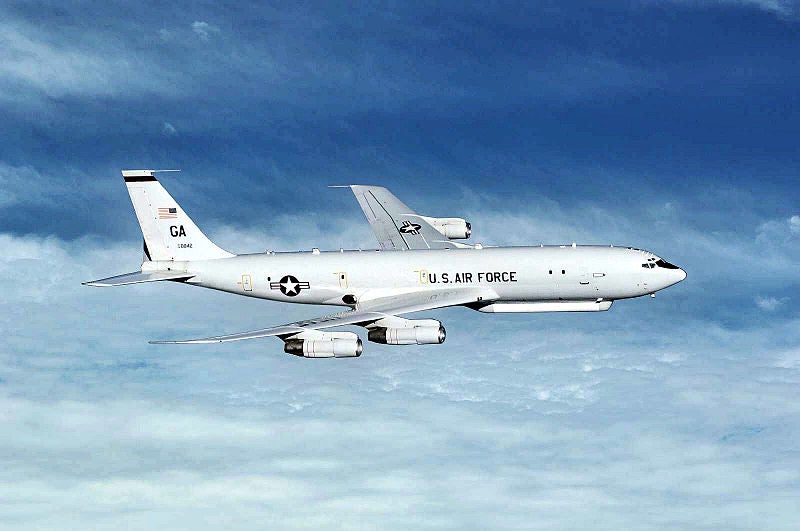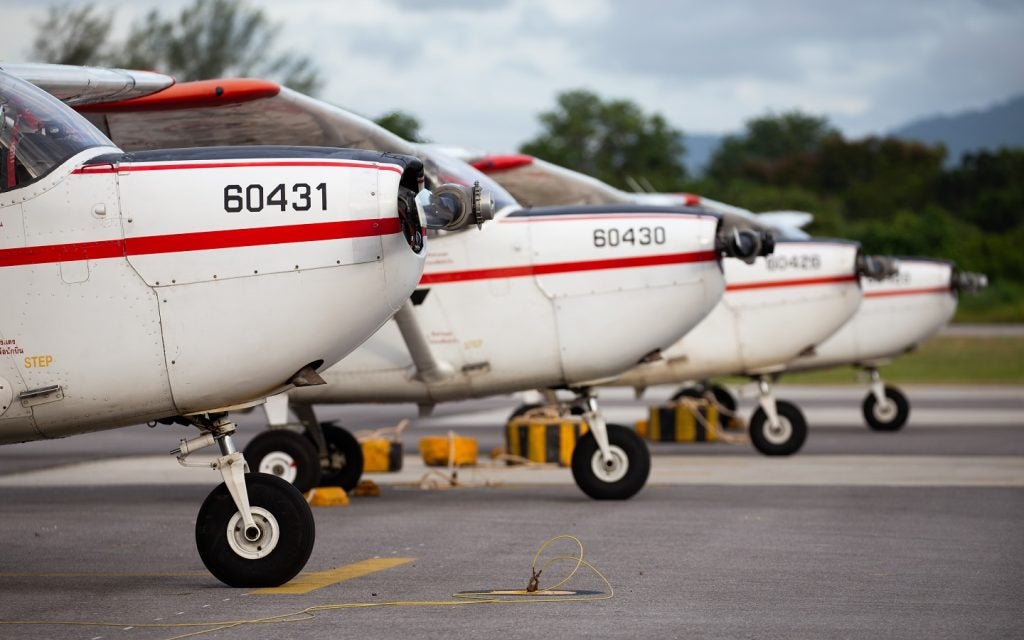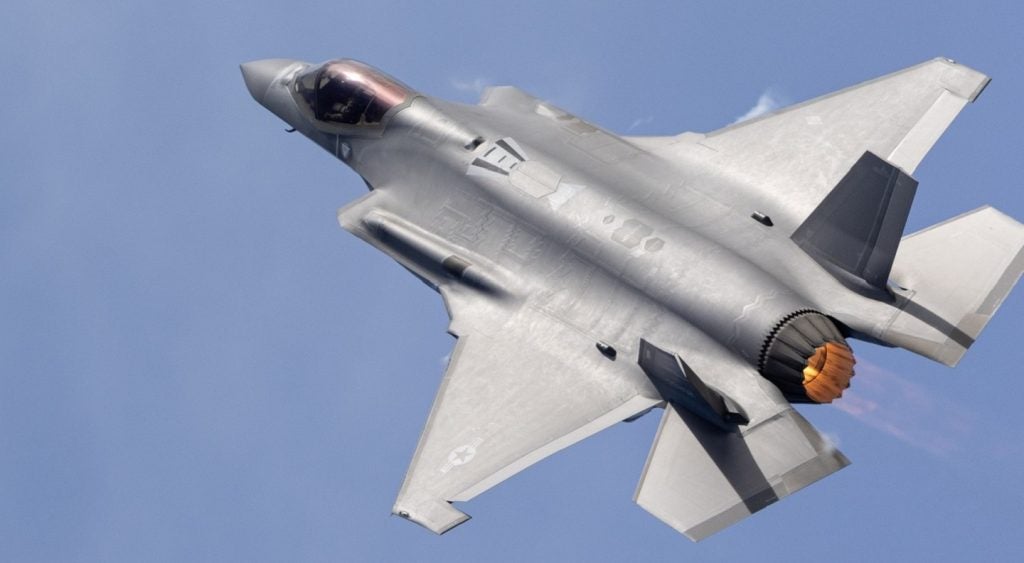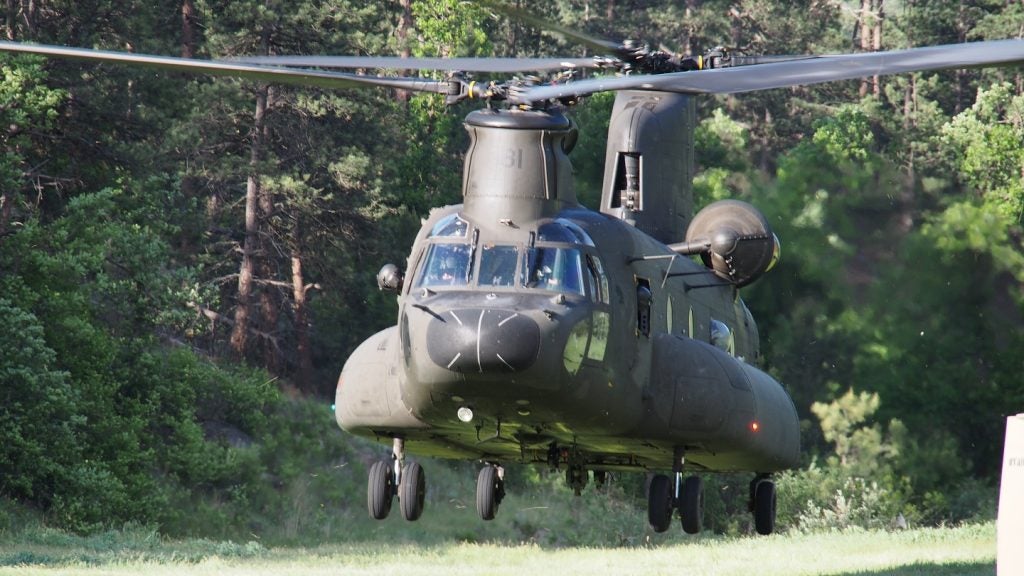
Northrop Grumman has secured a contract to continue maintenance of the US Air Force’s (USAF) E-8C joint surveillance target attack radar system (Joint STARS) aircraft fleet.
Valued at $178m, the contract represents a continuation of the total system support reliability (TSSR) programme contract received originally by the company in 2000.
According to the TSSR programme, the company manages the logistics, engineering, training, mission support, supply chain and depot maintenance support of the Joint STARS fleet stationed at Robins Air Force Base (AFB) in Georgia, US, and the forward operating locations worldwide.
Northrop Grumman Aerospace Systems Joint STARS programme director Bryan Lima said the affordable extension of the Joint STARS life will help the aircraft remains the world’s premier airborne battle management and command-and-control system.
"Sustainment ensures that the platform remains relevant and continues delivering this critical capability to our warfighters," Lima said.
The E-8C Joint STARS is a long-range, airborne battle management and command-and-control (C2) platform, and conducts ground surveillance to help commanders develop an understanding of the enemy situation, while simultaneously transmitting target locations to aircraft and ground strike forces.
A derivative of Boeing’s 707-300 series commercial airliner, the aircraft uses an AN/APY-7 multimode side-looking radar for detection, tracking and classification of moving ground vehicles in all weather conditions from standoff distances.
The Joint STARS aircraft was used extensively during Operation Desert Storm in 1991, and in support of peacekeeping operations in Bosnia-Herzegovina and during the Kosovo crisis.
Image: An 116th Air Control Wing’s E-8C Joint STARS aircraft during its flight. Photo: courtesy of USGOV-PD.








